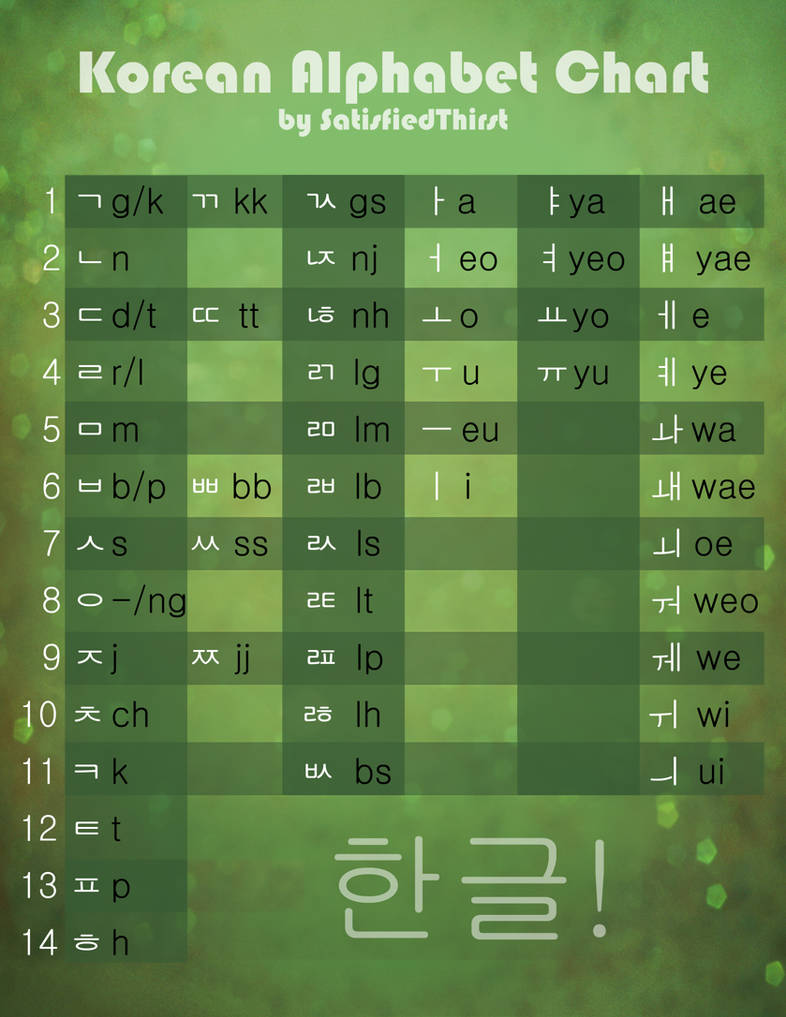
Learn Korean Alphabet Chart . List by SatisfiedThirst on DeviantArt
4 List of jokes in Korea 4.1 Food and drink Korean Jokes 4.2 Korean Jokes About People 4.3 Korean Jokes About Places 4.4 Korean Jokes About Things 4.5 Korean Jokes About Animals 4.6 Other Korean Jokes 5 Korean Joke Vocabulary 5.1 "Joke" in Korean 5.2 "Laugh" in Korean 5.2.1 "Laughing" in Korean Korean and Konglish Jokes Explanation
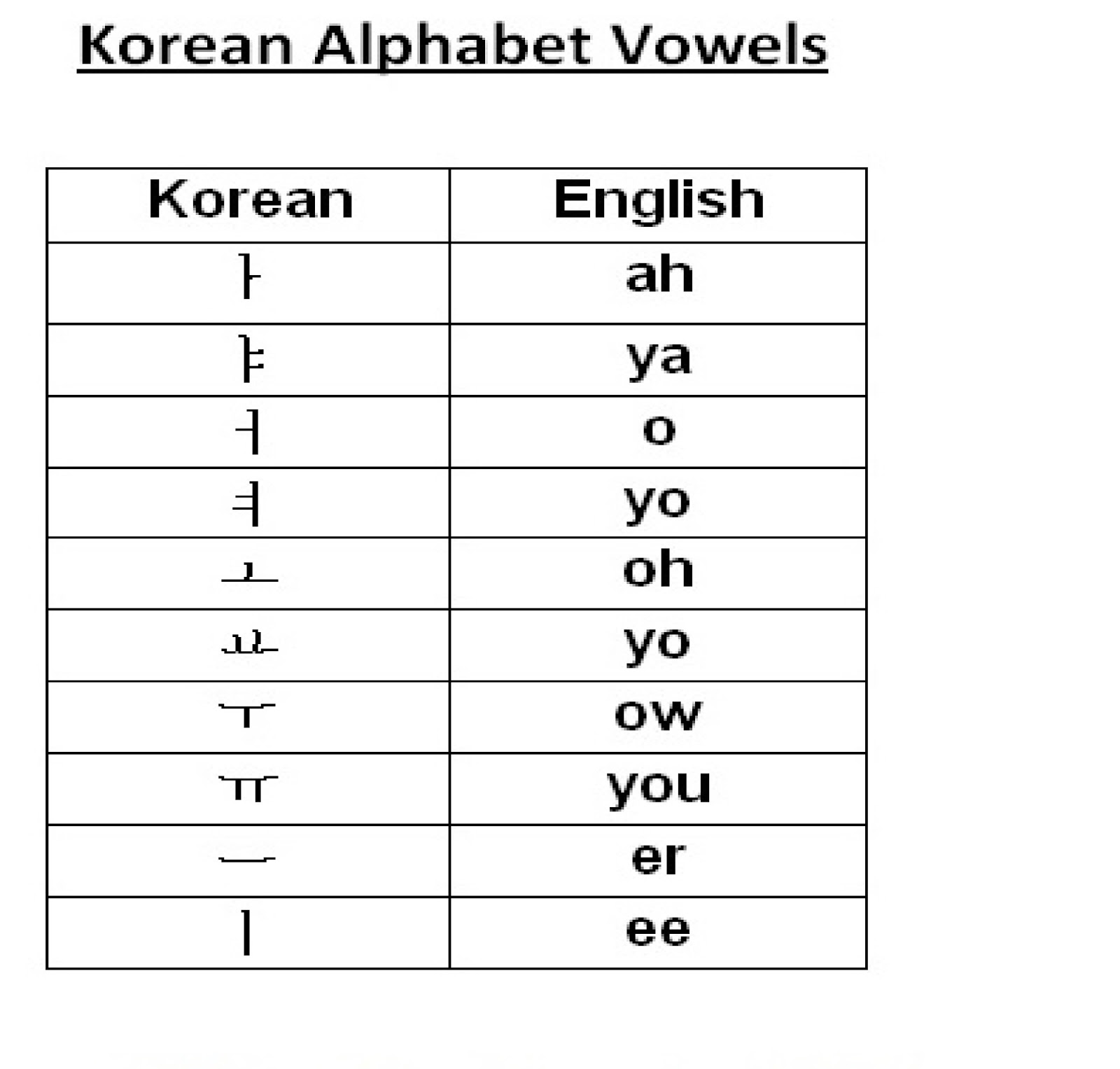
Korean Inc. KOREAN ALPHABET BASICS HOW TO READ HANGUL (PART 13)
Here are 14 of the funniest Korean expressions for you to learn right now. 1. In Korean, you don't ask for forgiveness, you ask someone to "please see you one time." (한 번 봐주세요, han beon bwa-chu-se-yo) 2. You don't just "look alike", you "look like a fish-shaped pastry called bungeobbang ". (붕어빵이다, bung-eo.
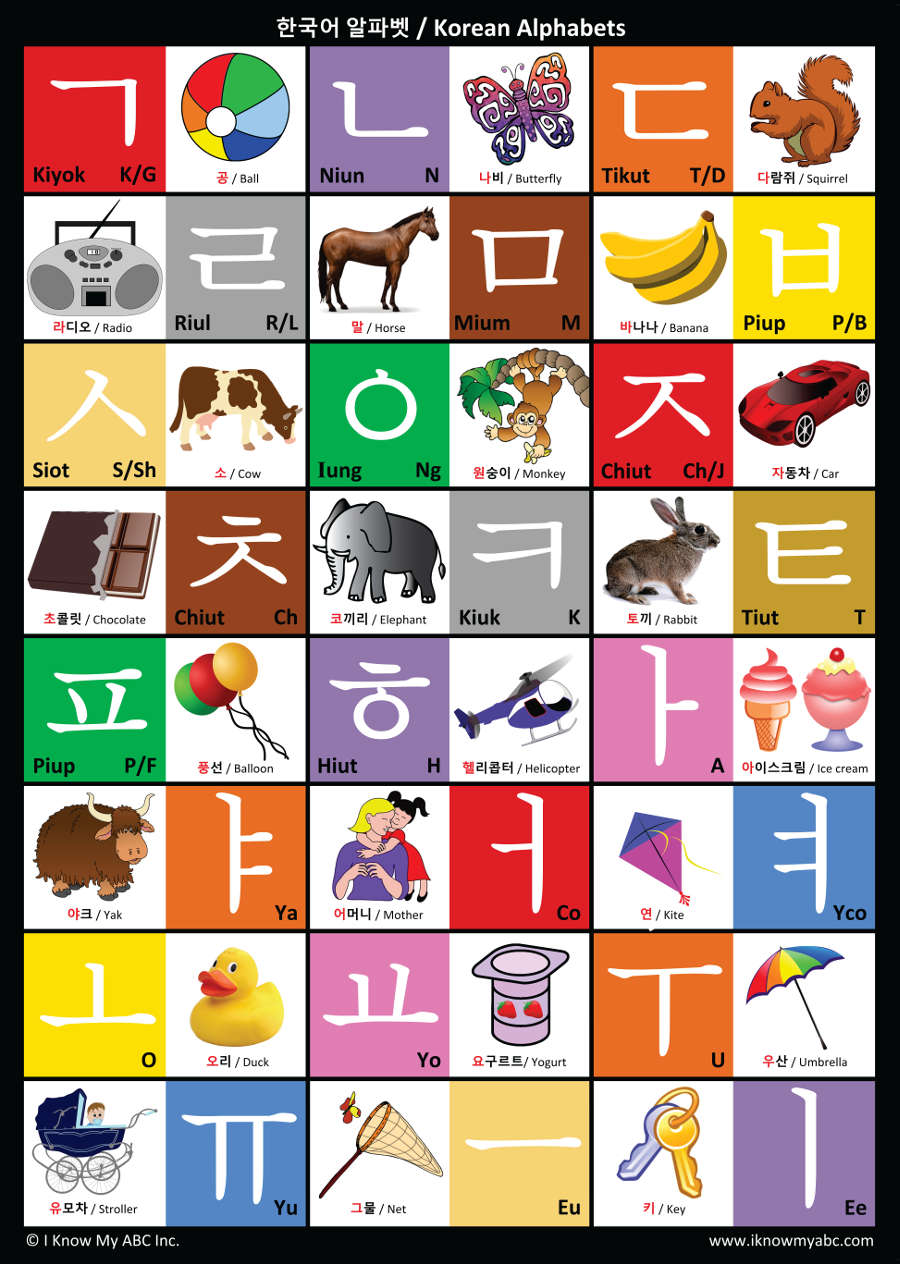
Korean Alphabet Chart For Kids Images and Photos finder
Translingual: ·(chiefly in the West) An emoticon representing a smiling face.··The katakana syllable ツ (tsu). Its equivalent in hiragana is つ (tsu). It is the eighteenth syllable in the gojūon order; its position is タ行ウ段 (ta-gyō u-dan, "row ta, section u").

How to Say Haha in Korean Korean words, Learn korean, Korea language
Koreans also have their own ways of laughing through text messages. Learn up these five ways of how Koreans usually laugh in text to sound more native in your online conversations. 1. ㅋㅋㅋ (kkk) ㅋㅋㅋ is the short form of "keu-keu-keu" (크크크) most common way Koreans express laughter (웃음) through text. It is something like "lol" in English.

19 Interesting Facts About Korean Language CareerCliff
"Aegyo" laughter is a type of laughter used to show cuteness and charm. It is often used by women and children in Korea as a way to express affection or get what they want. This type of laughter has become part of Korean pop culture and is often featured in K-pop music videos. The Importance of Facial Expressions in Korean Laughter
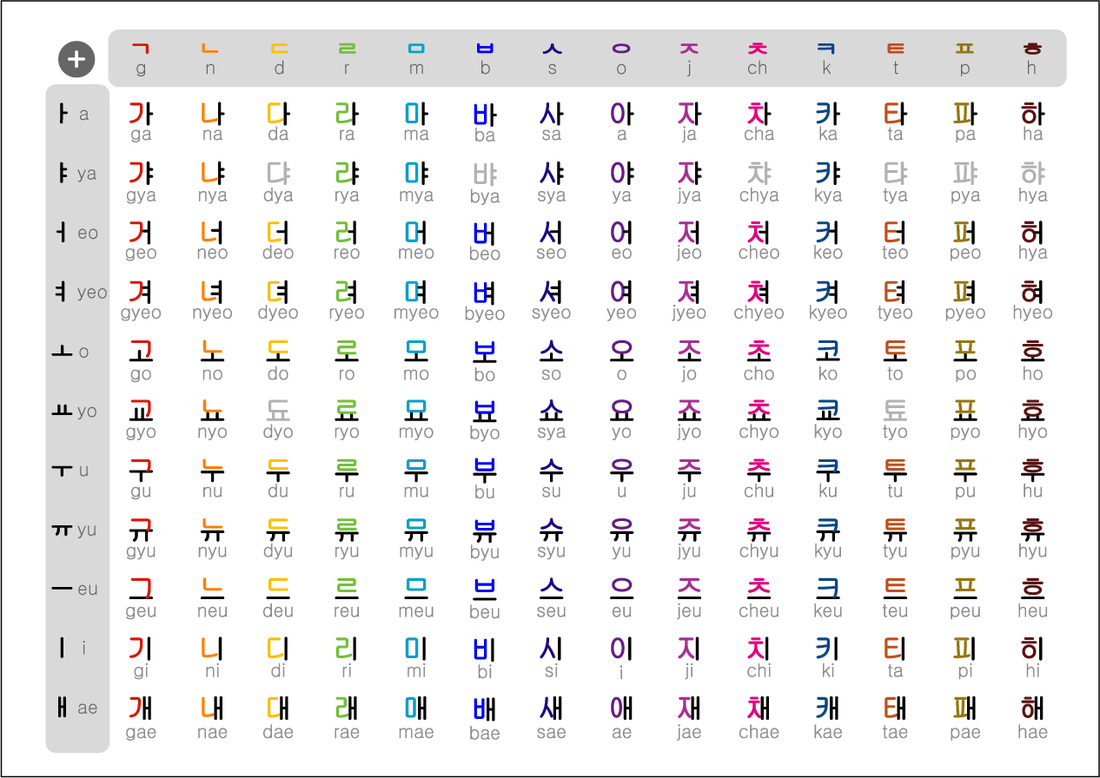
LESSON 2 Reading the Korean Alphabet (Hangul) Rose's Blog
This has two possible origins. One is the Japanese words for laugh or smile :"warau" (笑う) or "warai" (笑い) and the other is the way the letter looks like an upturned face—a motif echoed in the country's internet meme characters, like "Yaruo" 4. 55555- Thai people pronounce the number five as "haa" so it sounds like "ha". So a.

Korean Alphabet Letters Az Beautiful Korean Alphabet Hangul 한글 Korean Learning Korean writing
In contemporary Korean, when ㅋ ( k) is placed on the side, it curves as in the example of 키 ( ki ), 케찹 ( kechap ). However, when ㅋ ( k) is placed on top or bottom, it retains its original look, as in the examples of 코 ( ko ), 콩 ( kong ), 코카콜라 ( kokakolla ), 녘 ( nyeok ). This was done in the modern era to make the.

Korean Hangul Chosŏn'gŭl Alphabets Machine Embroidery Etsy
ㄳ gs [g] - We only pronounce the [g] sound ㄵ nj [nj] - We pronounce it as [nj] ㄶ nh [nh] - We pronounce it as [nh] ㄺ lg [g] - We only pronounce the [g] sound ㄻ lm [m] - We only pronounce the [m] sound ㄼ lb [b] - We only pronounce the [b] sound ㄽ ls [s] - We only pronounce the [s] sound ㄾ lt [t] - We only pronounce the [t] sound

Korean Alphabet Chart HubPages
ㅈㅈ (GG / Good Game) Be careful not to confuse ㄱㄱ with ㅈㅈ. The latter stands for "GG" or "good game," which people say to each other once a game is finished. 11. ㅊㅋ (Congrats) Based on 축하해요 , this is a common Korean phrase expressing congratulations, with 축하 being a shorter and less formal way of doing so.
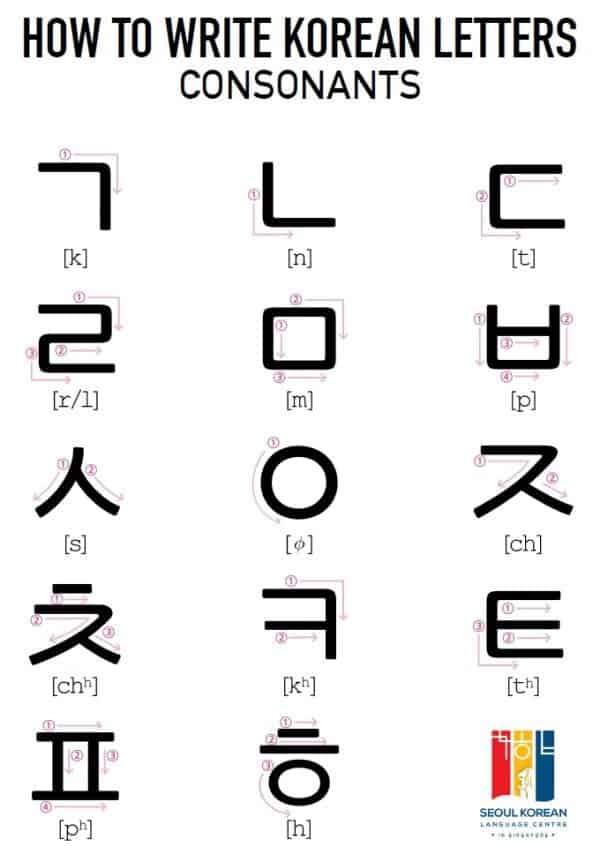
Perfect Guide About How To Write Korean Alphabet. 35 Letters
4 Different text emoticons used in Korea 4.1 Happy Korean Emoticons 4.1.1 Smiley Korean Emoticons 4.1.2 Other Happy Emoticons 4.2 Sad Korean Emoticons 4.2.1 OTL Meaning in Korean 4.3 Flirty Korean Emoticons 4.4 More Korean Text Emoticons 5 Bonus: Text symbol used to sound cute 6 How to Laugh in Korean Texting 7 Wrap Up Intro to Korean Emoticons

Ways To Express Laughter In Korean Korean words, Learn korean, Learn basic korean
The most common abbreviation used is ㅋ (k), which is the first letter of the Korean word for laughter. This abbreviation is often used in combination with other letters such as ㅎ (h) and ㅠ (yoo) to create variations of the sound of laughter. The use of onomatopoeia Onomatopoeia is another way Koreans express laughter while texting.
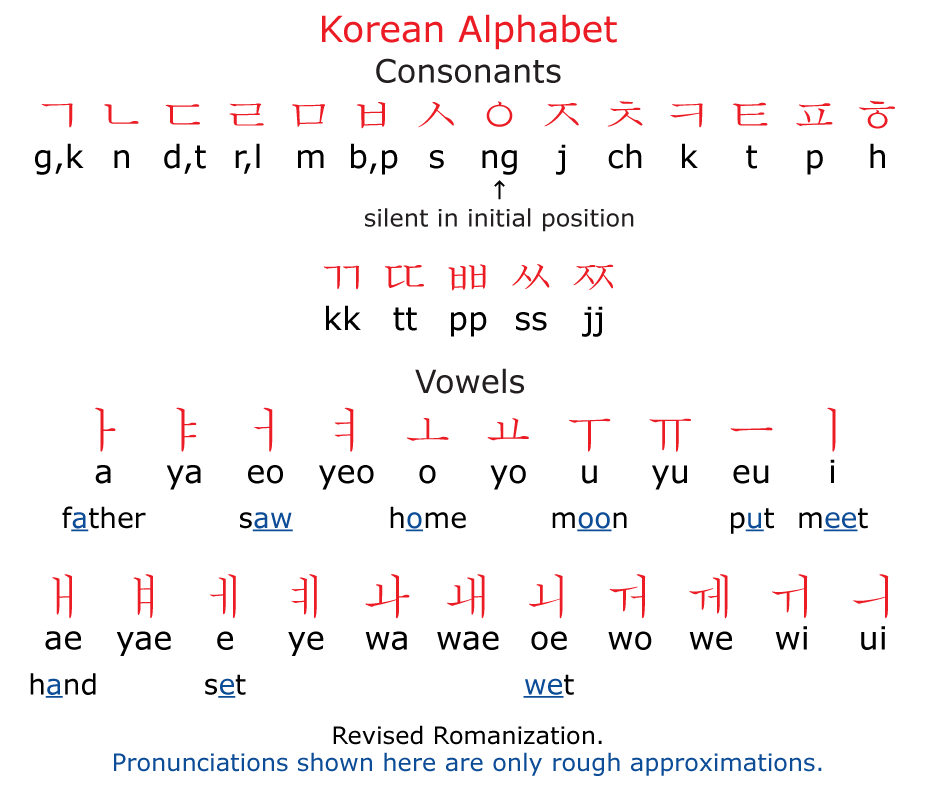
Korean Alphabet How to Read, Write, and Pronounce Korean TOPIK Study Korean Online KIIP
How do Koreans laugh and communicate through texting? Scroll through the list and watch this week's episode of Korean Culture Corner (ㅋㅋㅋ) for more details! Photo: ExploringKorea Laughing ㅋㅋㅋ = the Korean LOL, written as KKK yet pronounced as "keu-keu-keu" (크크크). Use as many ㅋ's the funnier something is!

"Korean Alphabet Hangul Laughing Letters" Sticker for Sale by jungafree Redbubble
While ㅋㅋ (kk) is best used for extreme laughter, ㅎㅎ (hh) is the best when you want to express the word "haha." ㅎㅎ (hh) is also used quite commonly, and you can also use as many ㅎs as you find appropriate to match how funny you found something. It is pronounced as 하하하 (hahaha), just as you would expect based on its meaning.
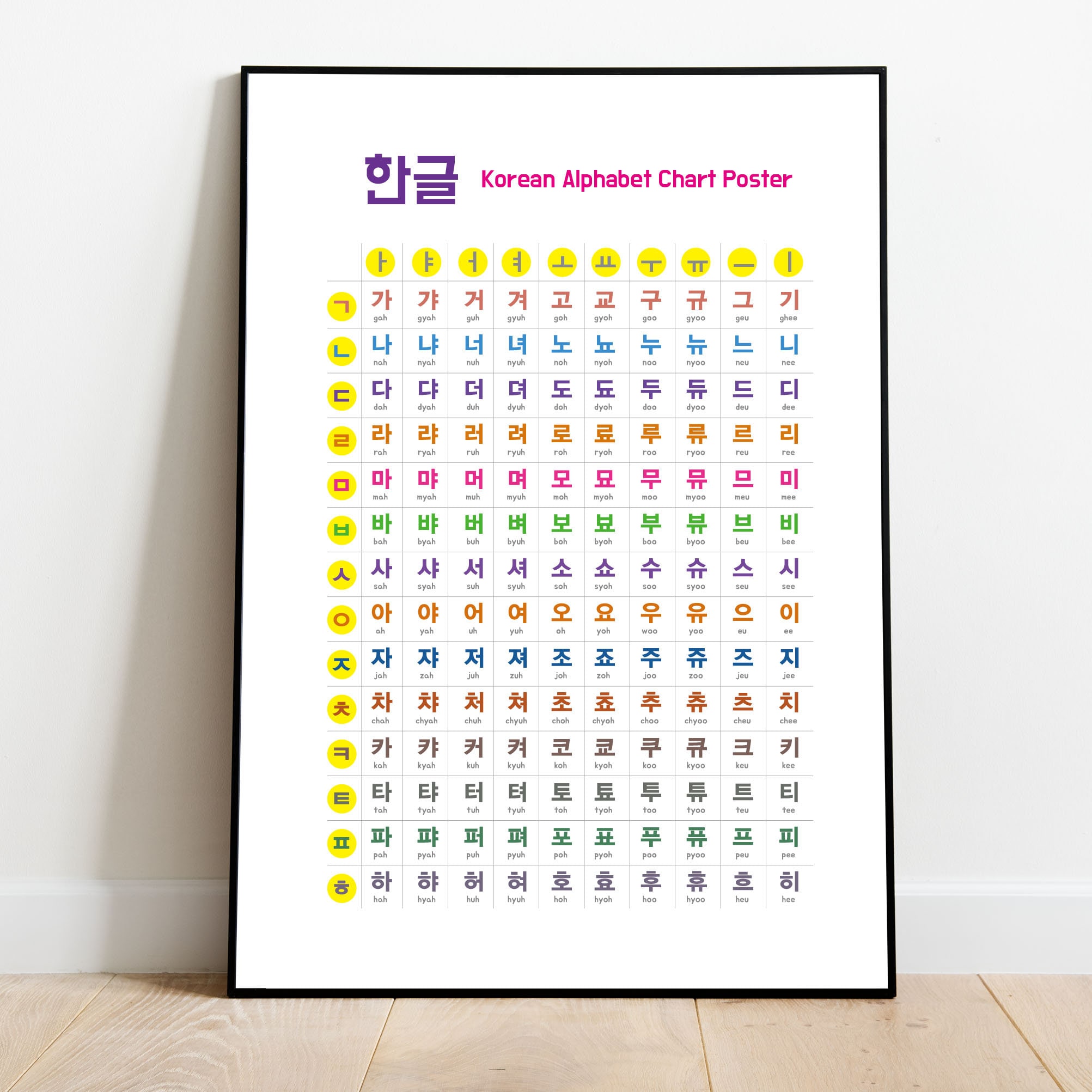
Korean Alphabet Printable Downloads Hangul Poster Hangul Etsy UK
ㅋㅋㅋ (sometimes written as 크크크 [kuh-kuh-kuh] represents the sound of laughter and is a common Korean text slang used to express that you find something funny when texting in Korean. The more ㅋ you add, the more you are laughing. ㅊㅋ Meaning ㅊㅋ is short for 축하 [chu-ka] or 축하해요 [chu-ka-hae-yo] which means congratulations in Korean.

웃어요(Laugh) 발음 Korean pronunciation Present tense YouTube
Just write 'ㅋ' or 'ㅋㅋ'. One 'ㅋ' can also be used sarcastically. If something is really funny? Use as many as you want! (within reason). 'ㅋㅋㅋㅋㅋㅋㅋ' would mean you find something extremely funny and you probably are actually laughing while texting. This could also be the equivalent of LMAO or ROFL in English. ㅎㅎㅎ Korean form of "haha".

Pin on lenguaje
까르르 or 꺄르르 is used to describe the sound or the visual of babies, kids or girls bursting out laughing/shrieking with laughter. ( 까르르 is the original form in the dictionary. But extra 르s at the end can be casually added.) . 예문 (Ye-mun: Example sentence) 엄마가 재채기하니까 아기가 까르르 웃기 시작했어요. Baby started laughing kka-rue-rue at Mom's sneezing.